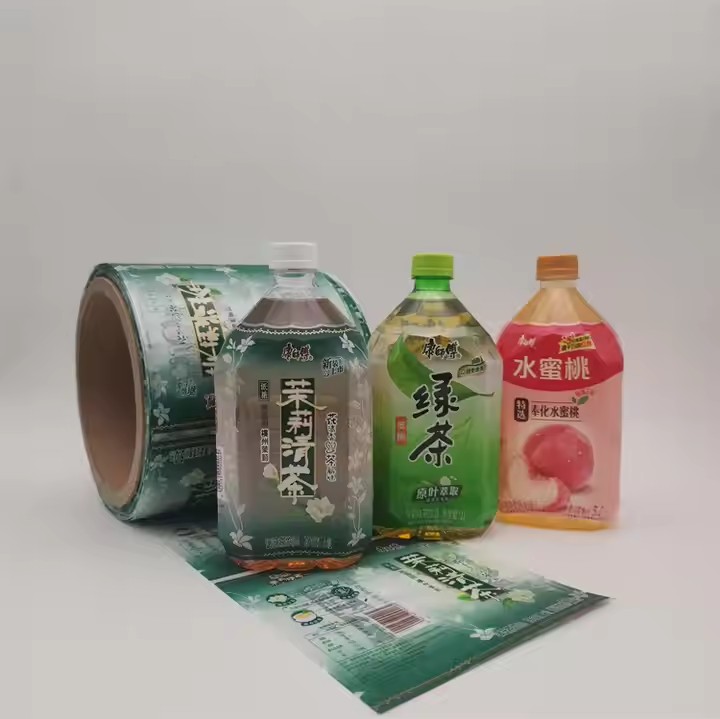Design Concept: Establishing the Core Tone of the Pattern
Clarify the Purpose and Theme
Designing complex floral patterns isn’t about randomly piling up elements — it should revolve around a clear purpose and theme. For example, if the decals are for brand promotion, the brand philosophy and logo can be integrated into the patterns. A fashion brand might use flowing lines and unique geometric shapes to convey trendiness and personality, while home décor decals may feature natural elements and warm tones to create a cozy atmosphere. A clear theme ensures complexity without losing cohesion.
Match Audience Aesthetics and Needs
Different ages, genders, and cultural backgrounds have varying preferences for patterns. For younger consumers, use vibrant colors and trendy elements like anime characters or cyberpunk motifs. For traditional audiences, consider classic motifs with cultural significance, such as Chinese cloud or dragon patterns. Matching aesthetic expectations increases visual appeal and engagement.
Design Process: Structuring Complex Pattern Ideas
Inspiration Collection and Material Sorting
Gather inspiration widely — from nature, history, art, and technology. Plant veins, insect wings, landscapes, and cultural artifacts can all serve as rich sources of complex pattern ideas. Modern art and microscopic structures or mechanical parts can also spark creative directions. Organize collected materials and extract key visual elements to prepare for sketching.

Initial Composition and Sketching
Start with rough sketches based on the design goal and materials. Define the layout, proportions, and main elements. Sketch by hand or use basic design software to try different arrangements, focusing on visual balance and rhythm while avoiding clutter.
Detailed Refinement
Add depth by refining the details — texture, shading, and highlights enhance the 3D effect. Adjust colors for harmony and ensure the pattern looks clear and appealing in different sizes. Every detail should withstand close inspection.
Technical Execution: Expressing Complex Patterns
Combining Traditional Drawing and Digital Tools
Hand-drawing conveys personal style and artistic flair through tools like pencil, watercolor, or markers. Digital tools like Adobe Illustrator and Photoshop provide precise editing, color control, and effects. Illustrator is ideal for vector-based pattern drawing, while Photoshop supports texture layering and visual blending. Combining both approaches maximizes creative flexibility and finish.
Use of Repetition, Gradient, and Symmetry
Repetition brings rhythm and order — like small flowers repeated to form a floral field. Gradients (in color, size, or shape) add depth and motion. Symmetry (axial or radial) brings balance and harmony, helping organize complexity into visual unity.
Adding Texture and Material Effects
Textures and materials enhance realism. Add natural textures (wood, stone, fabric) via filters or image overlays, or simulate materials like metal, glass, or plastic using highlights and shadows. For example, metallic effects can be created with shiny reflections to express luxury and hardness.

Practical Tips: Ensuring Quality in Complex Pattern Design
Consider Printability
Keep the printing process and materials in mind. Different printing methods (e.g., screen printing or digital printing) require different resolutions, line thicknesses, and color modes. Screen printing suits bold blocks, while digital allows for fine detail. Be mindful of ink coverage and drying to avoid issues like blurring or color deviation.


